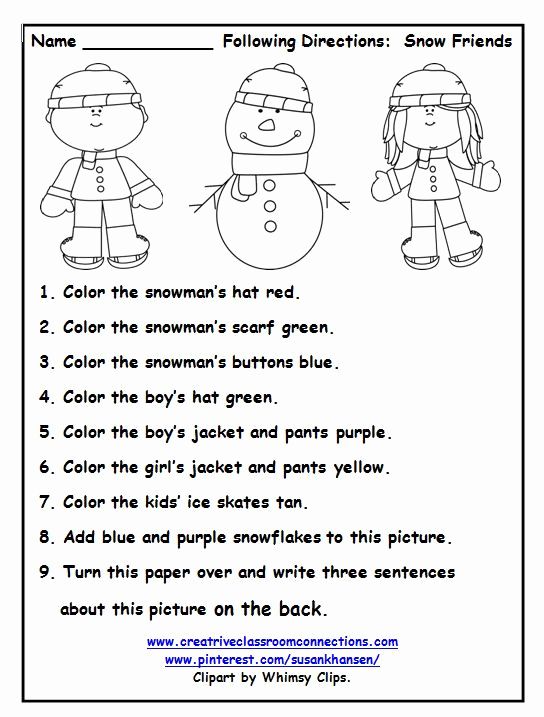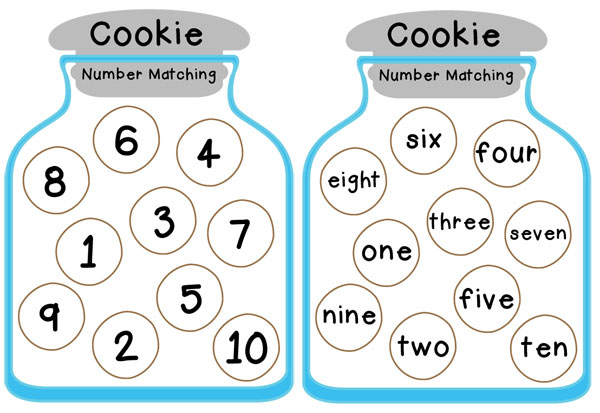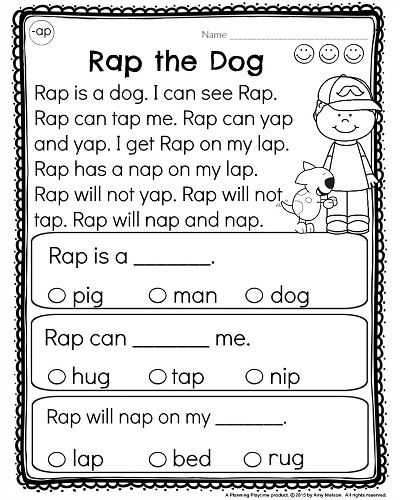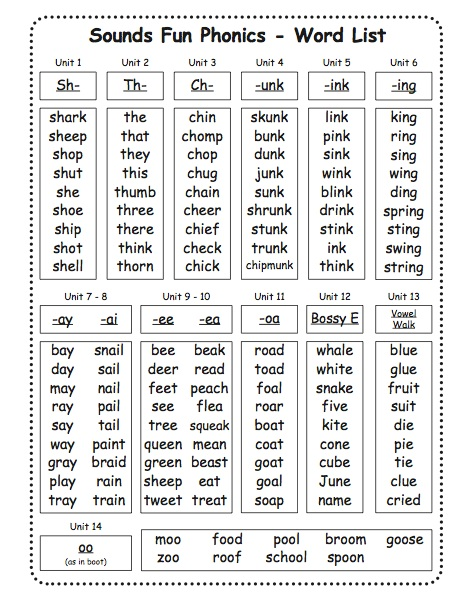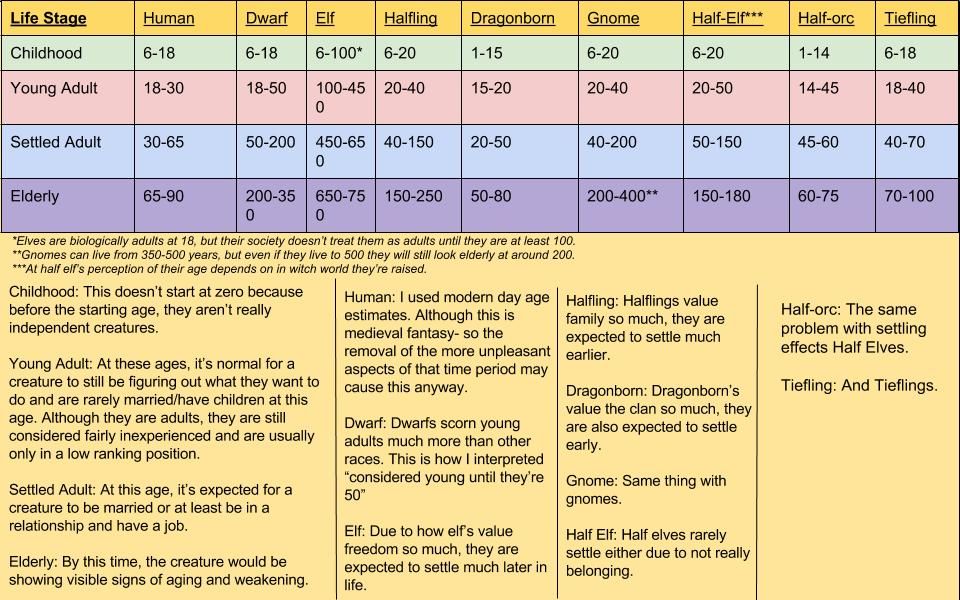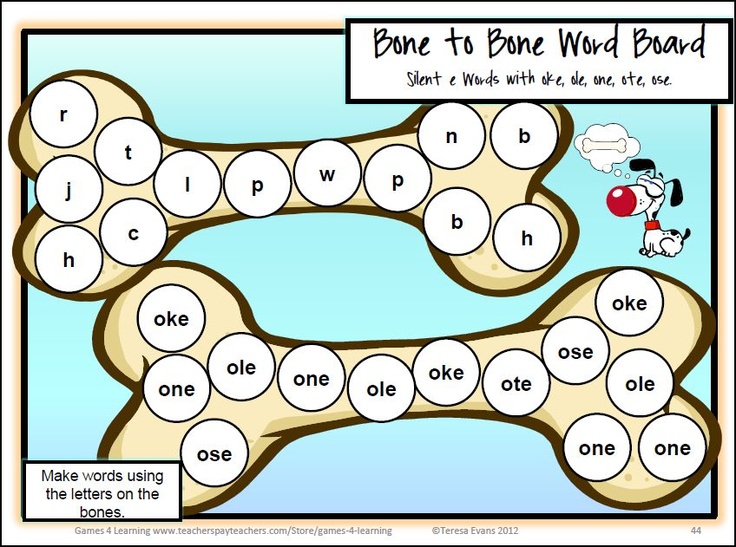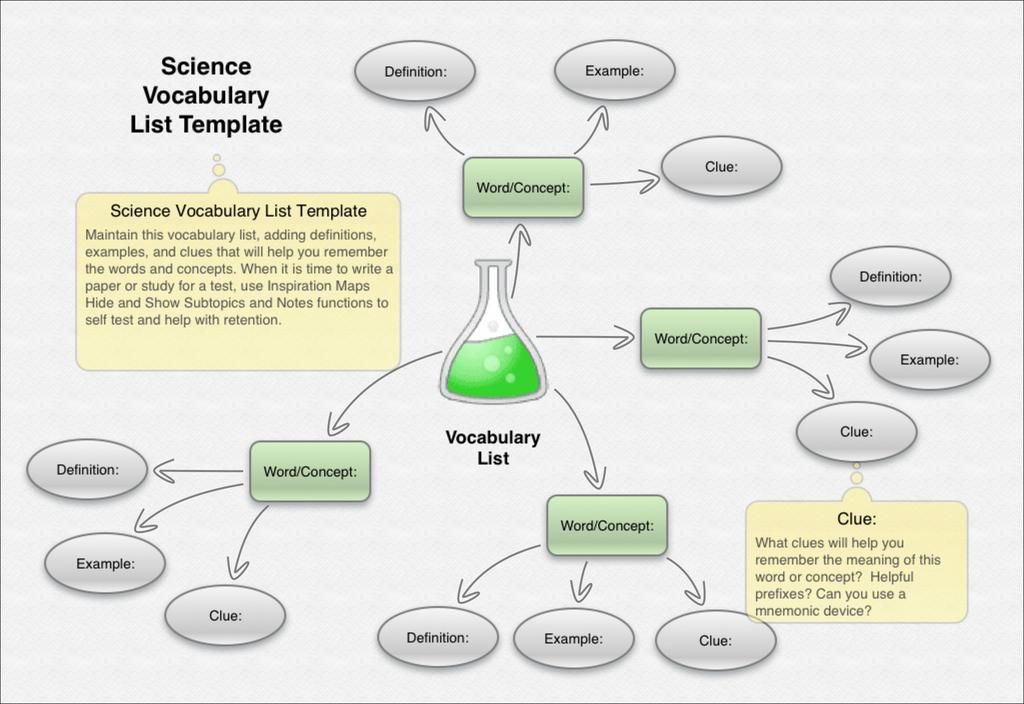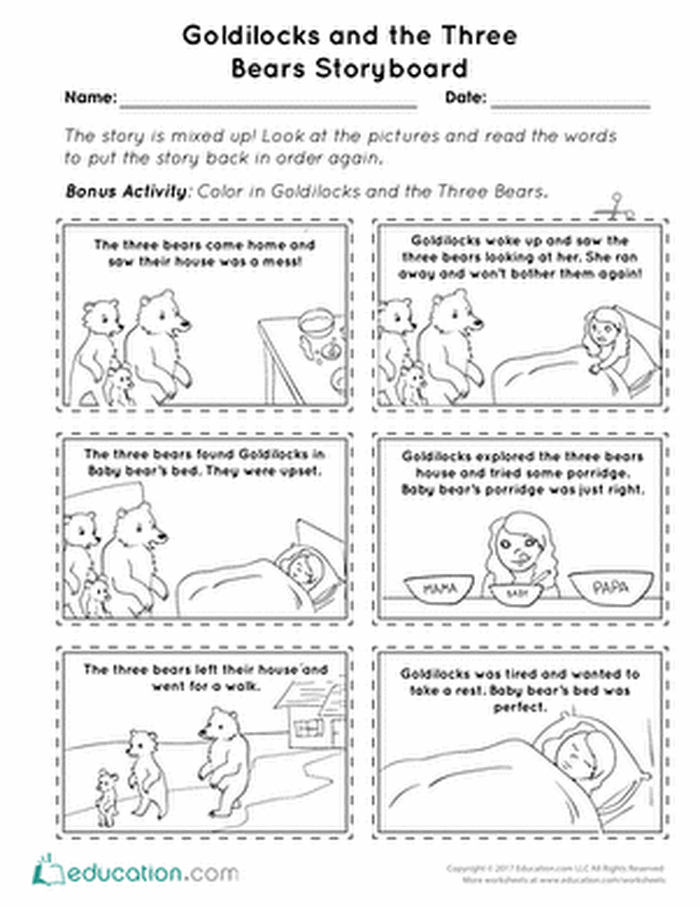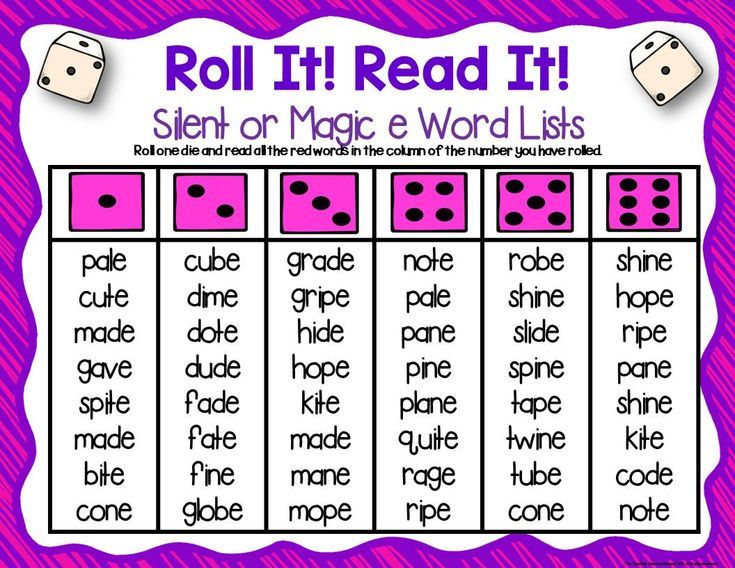Following directions worksheet for kids
Following Directions Worksheets
Students often do not follow directions or even read them for that matter. This reminds me of a teacher I worked with back several years. She was so fed up with students not reading directions that she decided to make a power move that will last with those students forever and probably till this day still sits with them. What she did is give a test that was a significant portion of their grade. In the second line of the directions she wrote that if you only wrote your name and the date and handed in the tests immediately, you would be given a one hundred percent. Guess how many students got a one hundred? None of them, but they will remember that forever. Follow directions to the letter often helps us be more efficient and make certain things are done properly. This is a skill that many people just don't take the time to realize is a huge issue for the current generation of students. Every notice how even video games don't come with instructions anymore? When toy companies realize that instructions are not what there customers value, it confirms it as more factual.
The answers to almost all of these worksheets are simple and not time consuming at all. We recommend that you visit these worksheets many times throughout the course of the school year. It will truly help your students grow not only as students, but as responsible citizens. The worksheets that are featured here will encourage students to be more diligent when they are reading directions and pace themselves to follow them as indicated. We break the level of tasks down by grade level this is due to the expected skills required to accurately gauge the skills of the students. I won’t recommend jumping up in level too much as the reading and writing skills that are required are much different.
Get Free Teacher Printables In Your Inbox!
Click the buttons to be transported to all the pages for that grade level. They are ordered by school year.
For the younger students.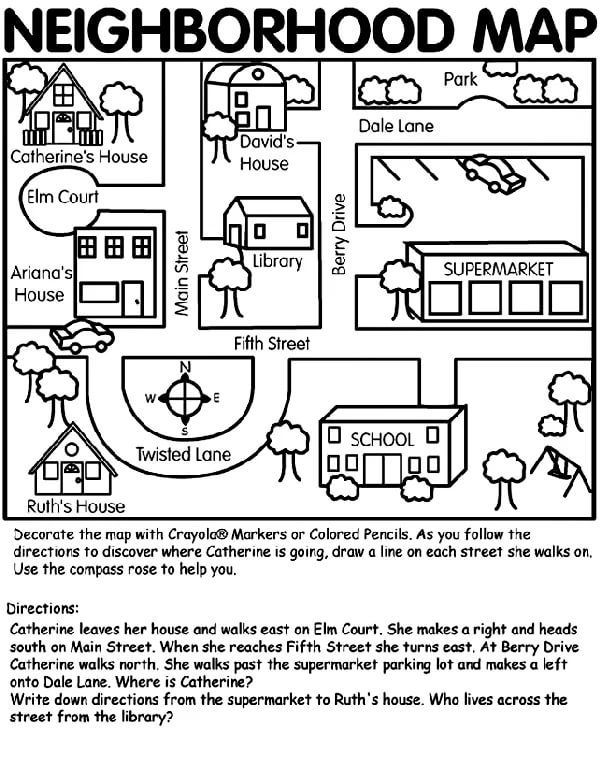 In most cases we target non-readers, but there are plenty of sheets for readers as well. Students should be to understand the concept of directions and start to make their way on to following them.
In most cases we target non-readers, but there are plenty of sheets for readers as well. Students should be to understand the concept of directions and start to make their way on to following them.
Students should have a good handle on reading and be able to follow directions independently. Basic math fact skills are necessary for some of the sheets found at the bottom of that topics page.
Middle level students are the most notorious non-direction reading age level. I would hammer them with these sheets throughout the school year. We had a teacher tells us that they add one of these to all their major tests throughout the school year.
I like to leave one of these with my substitute teachers, every single time I am out. I like to make it extra credit through the school year too.
How to Make Sure Students Are Following Instructions
For a teacher, it is imperative to get your point across the table to your students. Some teachers get pretty anxious when students do not follow their instructions, confusing both parties but causing trouble only for the teacher responsible.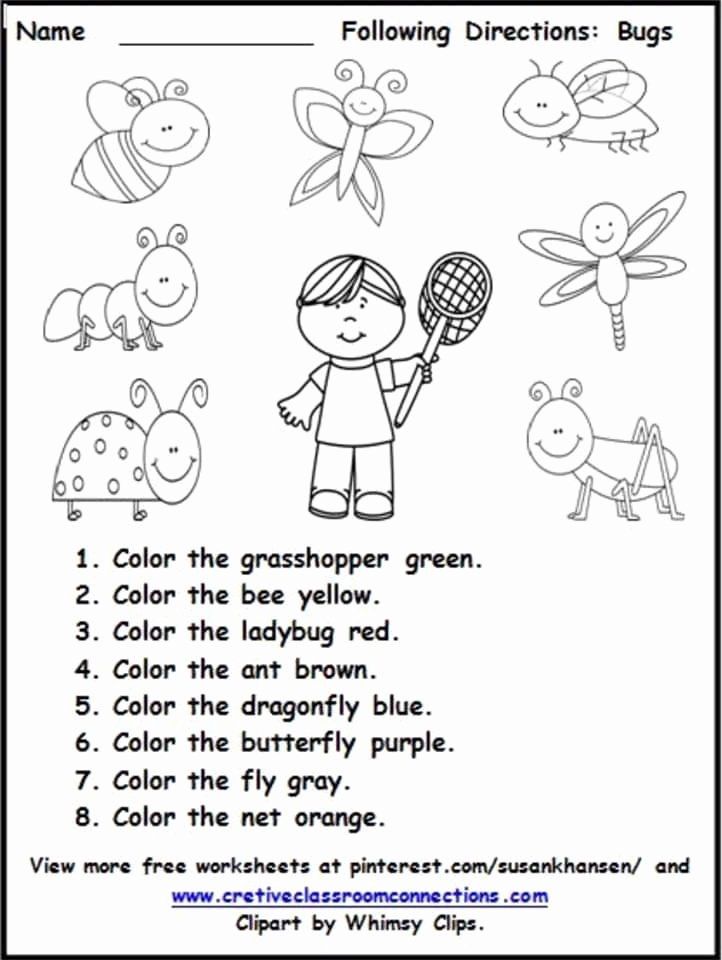 Nor does the teacher understand how to make herself more straightforward, nor do the students make an effort to ask questions.
Nor does the teacher understand how to make herself more straightforward, nor do the students make an effort to ask questions.
Students usually run away from the hard stuff, and teaching them using complex methods, can exacerbate the situation as it becomes impossible to penetrate their minds. Due to this barrier, students find it easier to disturb the class decorum by not following what they are asked to do.
If your pesky students are stressing you and you don't know how to get students to listen and follow your instructions, you are in the right place to look for answers. We bring you the Dos and Don'ts in a classroom that you can follow to maintain your power over the students.
Ways To Manage Your Classroom
1. Use your hand gestures while giving the instructions, such as signaling towards the door to order someone to go.
2. Use an appropriate voice and look in their eyes when you ask them to do something. You cannot expect a student to listen if you have nervousness in your tone or are looking elsewhere while talking to them.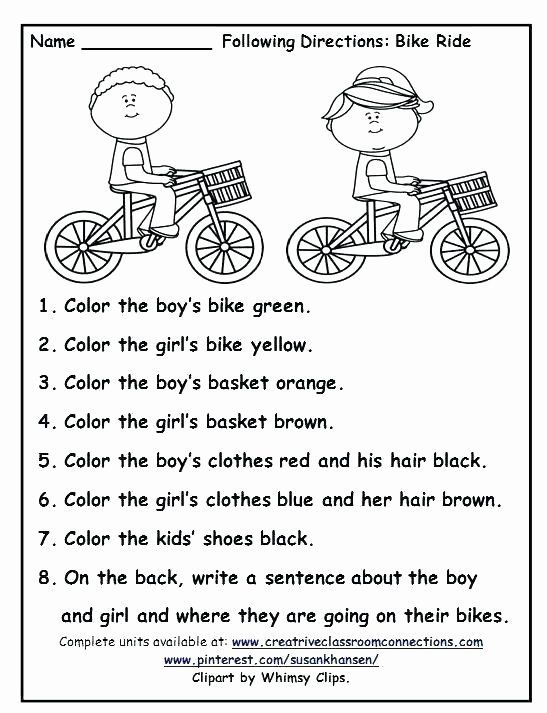
3. Make them redo their mistakes. Instead of just issuing warnings or detentions, you must ask them to rectify their mistakes by doing it right this time. For example, you asked the class to stay in their seats and not create a ruckus in your absence, but the classroom is in shambles when you get back. Then, it would be best to ask the students to clean it by themselves instead of calling any helper.
4. Instead of asking "any questions?" you should ask questions to which the students must answer. This would engage them in the lecture, and they will also be able to analyze the topic they just heard. Prompting questions can be: "what is your opinion about the theme that the author uses?" or, "Can you highlight the difference between the concepts from the last lecture to today's?"
5. Give a time limit to get the amount of work done. If you don't give timeframes for any assignment or solve a sample question, students become relaxed and do not submit work on time. This only delays your work and spoils your effort.
6. Use attention getters to start a lesson. Usually, students cannot concentrate on a topic if it's boring, or they feel lethargic (mainly after recess). It would help if you created catchy introductions for such topics to get undivided attention from students.
7. "3 Before Me" rule. Instead of replying to all the repeated queries about the lecture from each student, you can ask them to use the "3 Before Me" rule, i.e., to ask three other classmates for answers before bringing it up to you. It will also save your time, as you will get feedback about changing your strategy for the topic.
8. Do not hold grudges. Even if they are troublemakers making your job a lot more complicated, you must not hold grudges against the students. The students are the teacher's responsibility and even if they do things to get a reaction out of you, just let it slide. Look for solutions instead of arguing or lowering the grades.
The only way to manage a classroom efficiently is to abide by these rules and consistently work on them.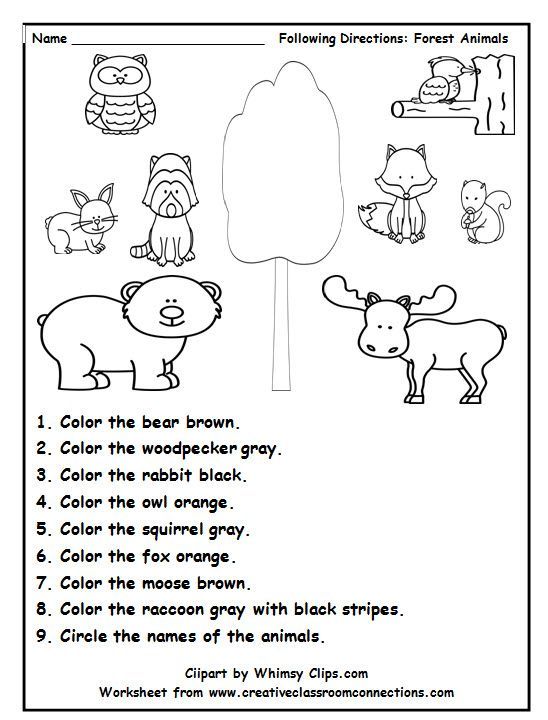 It will bear fruit in no time.
It will bear fruit in no time.
Following Directions Worksheet and Activities
Learning to follow directions is an important skill for all students to master, and by the time students start Kindergarten, they should be able to handle simple 2 to 3 step instructions. Still, the school environment is a busy and exciting one, and even older students can benefit from activities that support listening to, and complying with, instructions. To help, we assembled several following directions worksheets and activities.
Following Directions: Leveled Worksheets for StudentsThis fun pack is themed on characters from Zoo Academy and Zoo U and provides three levels of worksheets that challenge students to listen or read carefully and to closely follow directions in order to complete a task. In order of increasing difficulty:
Owlivia and the Balloons (worksheet): Students will help Owlivia with a coloring project as Miss Castillo asks her to color the biggest balloon blue, the smallest balloon yellow, and the medium balloon red.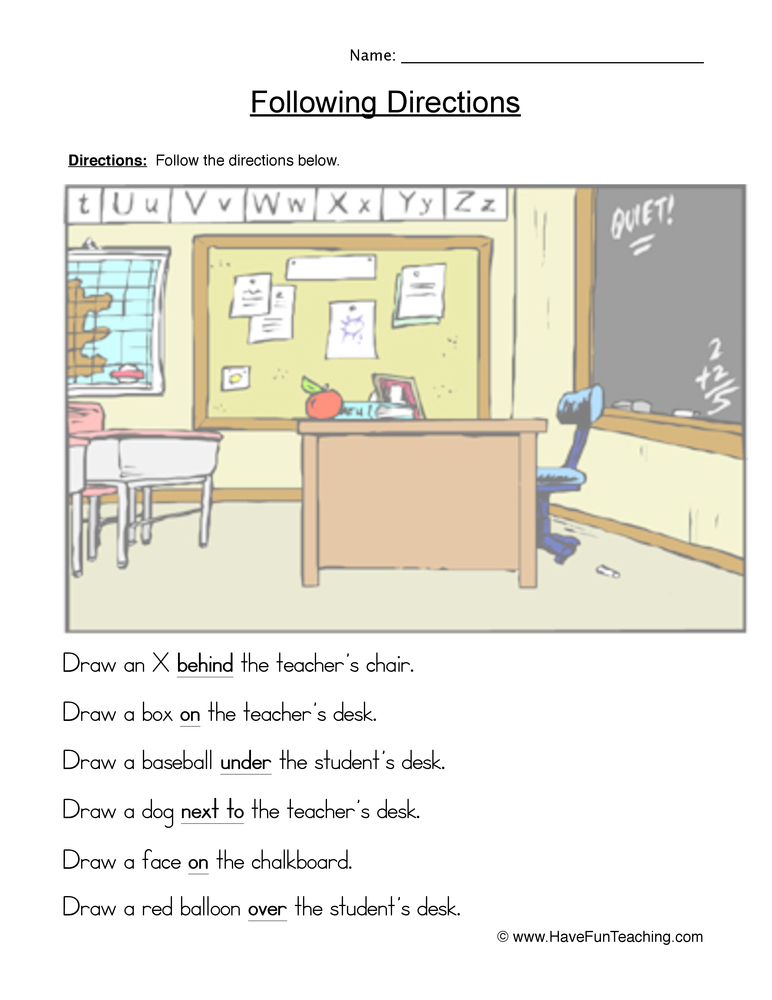
On the Playground (worksheet): Just after recess, Ms. Bergstein has asked Owlivia to help put away many toys and tools around the playground.
Joke’s on Zoo U (worksheet): In this logic puzzle for older students, players must use clues to crack a secret code that reveals the answer to a silly joke. Whether you choose to read the prompts and clues out loud to students, or have them work independently, they will enjoy the fun of interacting with the game characters while tuning in their attention.
Following Directions Activity
The second following directions activity is a twist on the classic game Simon Says. Students will follow “Principal Wild’s” instructions to make different movements with their body, such as hopping on one foot or hands on their head, only moving when the instruction is preceded by “Principal Wild says…” To challenge their Impulse Control Skills, a few students will act as distractors, trying to engage students in conversation while the instructions are happening.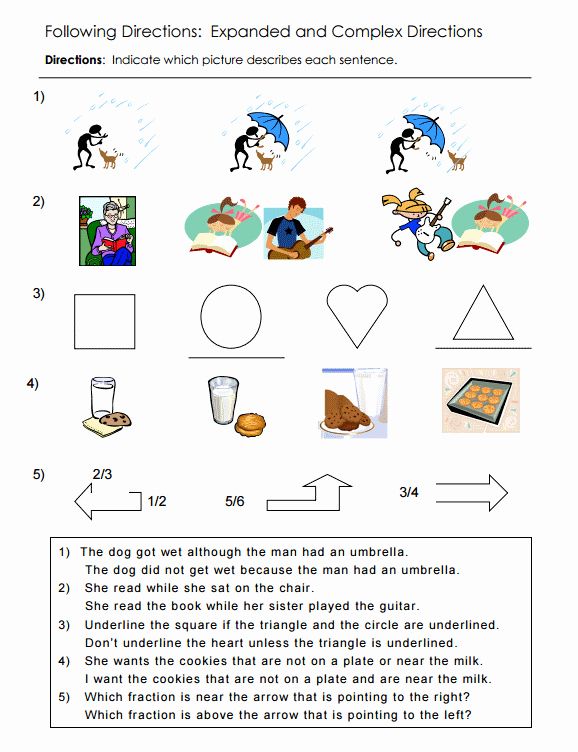 Students will need to focus intently on the instructions and ignore the distractions to know when and when not to move.
Students will need to focus intently on the instructions and ignore the distractions to know when and when not to move.
Note: For remote learning environments, this activity may work better if you do not have students acting as distruptors.
Recommended Grade Level: Upper Elementary and Middle School
SEL Skill(s): Impulse Control, Communication
Duration: 30 minutes
Materials: Educator lesson guide
Pre-activity discussion
Talk with your students about it is important for everyone to pay attention and follow directions and by not being a distractor to classmates.
Discussion questions will include:
- Have you ever missed something important in class, like directions, because a classmate was talking to you? If someone is talking to you or distracting you in some other way, and you miss something, is it your fault or theirs?
- Do you think you’ve ever been a “distractor” during class? How do you think the other students felt when you were talking while the teacher was talking?
Even if someone is purposely trying to distract you or make you break the rules, your behavior and how you respond is always your choice.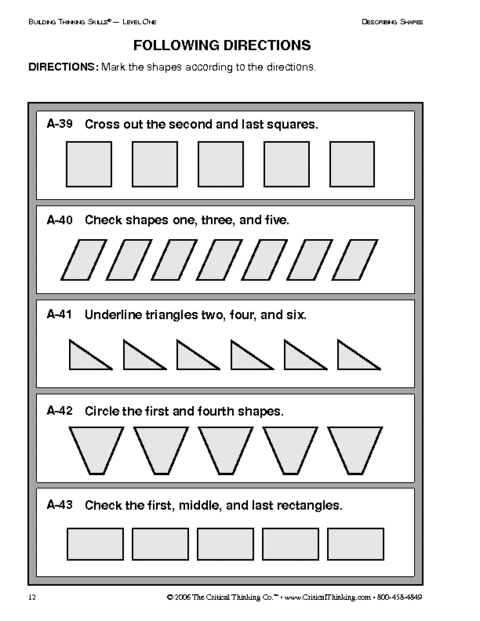 A classmate can make it difficult, but they can’t force you to not pay attention or not follow directions.
A classmate can make it difficult, but they can’t force you to not pay attention or not follow directions.
Additional Resources
Books
- Me and My Feelings by Vanessa Green Allen
- Following Directions: The Fun and Easy Way by Dr. Erica Warren
- What Should Danny Do? by Adir Levy
- What Were You Thinking? by Bryan Smith
With a Centervention Account, you will receive free lessons and a free trial for our online SEL programs.
Please Create My Account
Answers to questions on the development and implementation of work programs of education
Answers to questions on the development and implementation of work programs of educationGAU DPO "Smolensk Regional Institute for the Development of Education"
Version for the visually impaired
- Question: When should the Exemplary Education Program be implemented?
Answer: Until September 1, 2021, all educational organizations must develop and implement working education programs.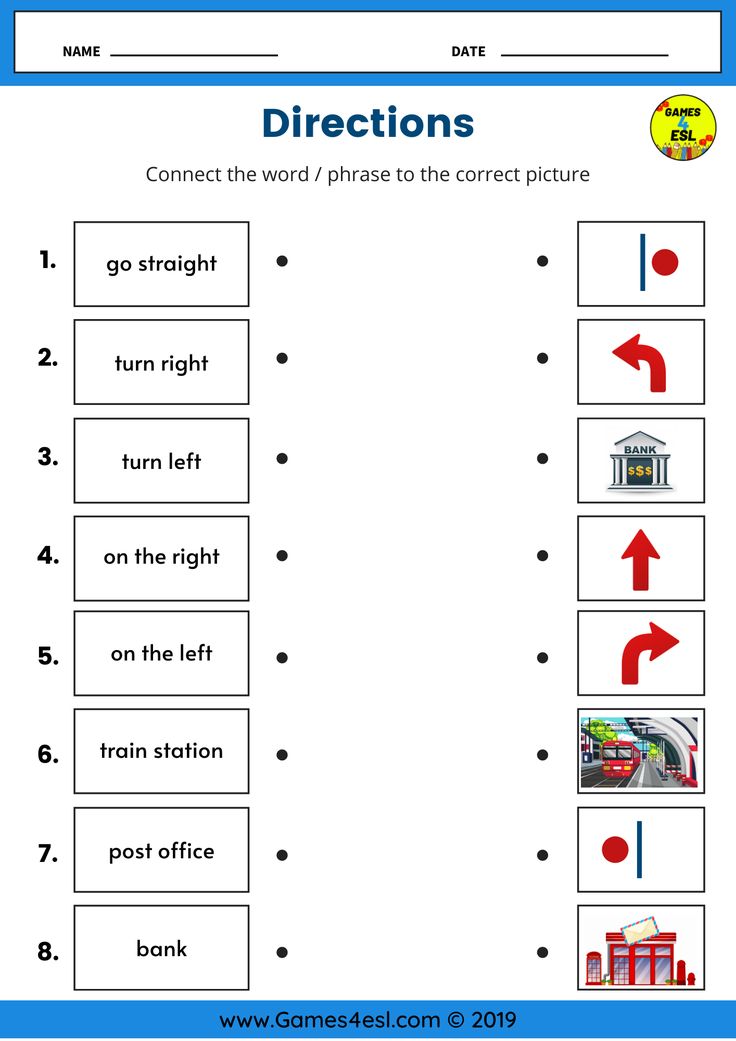 (i.e., the development of work programs must be completed by September 1, 2021). Basis: Federal Law No. 304-FZ of July 31, 2020 “On Amendments to the Federal Law “On Education in the Russian Federation” on the Education of Students.”
(i.e., the development of work programs must be completed by September 1, 2021). Basis: Federal Law No. 304-FZ of July 31, 2020 “On Amendments to the Federal Law “On Education in the Russian Federation” on the Education of Students.” - Question: In which educational organizations will the Exemplary Education Program be implemented?
Answer: In all educational organizations (preschool, basic general education, secondary vocational and higher education) Reason: Federal Law No. 304-FZ of July 31, 2020 and higher education.) - Question: Can an educational organization engaged in ADDITIONAL education of children and adults (only children of older adolescence) use your exemplary education program in their work? Or can this constructor be used only for schools?
Answer: An exemplary education program was created for schools. However, we believe that it can also help educational organizations of additional education in developing their own program. Organizations of additional education, of course, have their own specifics. Using only certain sections and modules of the program that are relevant for additional education, you can develop your own working program of education.
Organizations of additional education, of course, have their own specifics. Using only certain sections and modules of the program that are relevant for additional education, you can develop your own working program of education. - Question: How is the development and implementation of educational work programs regulated?
Answer: The development of work programs for education is carried out together with the development of the main educational programs of NOO, LLC, COO Reason: 1) 304-FZ of July 31, 2020 (no later than September 1, 2021, all educational programs are subject to bringing into line with the provisions of the Federal Law ) 2) Order of the Ministry of Education of Russia dated December 11, 2020 No. 712 “On Amendments to Some Federal State Educational Standards of General Education on the Education of Students” - Question: Should the education program be unified and does it prescribe the educational process organized in the NGO at 3 levels of education? How to "put" the Work Program of Education into three PLOs (NOO, PLO LLC and PLO SOO)?
Answer: Yes. The specification of educational work by levels of education (as required by the Federal State Educational Standard) is carried out only in the calendar plans of educational work. The developers of an exemplary educational program recommend developing a unified school-wide educational work program and supplementing it with three calendar plans for educational work (for NOOs, LLCs and COOs). The resulting three modifications of the same program, supplemented by specific (for each level of education) calendar plans, "put" in the PLO the IEO, the PLO LLC and the PLO SOO.
The specification of educational work by levels of education (as required by the Federal State Educational Standard) is carried out only in the calendar plans of educational work. The developers of an exemplary educational program recommend developing a unified school-wide educational work program and supplementing it with three calendar plans for educational work (for NOOs, LLCs and COOs). The resulting three modifications of the same program, supplemented by specific (for each level of education) calendar plans, "put" in the PLO the IEO, the PLO LLC and the PLO SOO. - Question: How should an exemplary educational program be used in practice when developing a working educational program for a particular school?
Answer: An exemplary educational program for students, in fact, is a constructor with which schools can create and put into practice their own educational programs. It allows each educational organization, taking the content of its main sections as a basis, to correct them where necessary: add necessary or remove irrelevant materials, thereby bringing their program in line with the actual activities that the school will carry out in the field of education.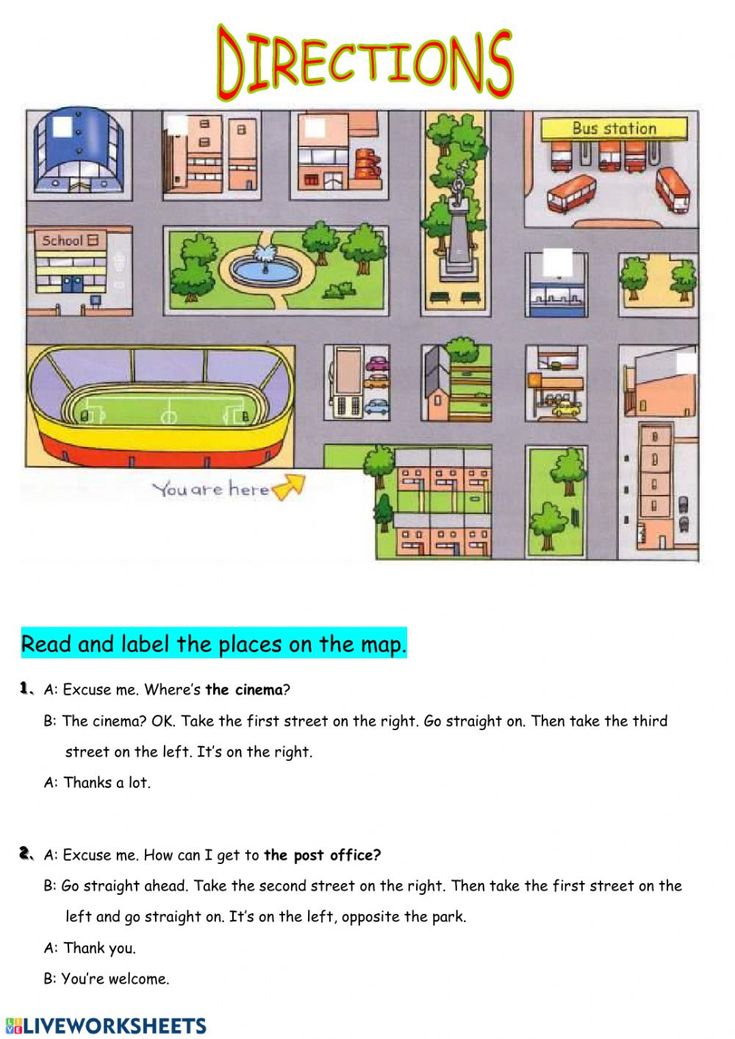
- Question: Is it necessary to include all modules of the sample program in my work program?
Answer: The invariant (mandatory) modules here are: "Classroom Management", "School Lesson", "Extracurricular Activity Courses", "Work with Parents", Self-Management" and "Vocational Guidance" (the last two modules are not invariant for educational organizations, implementing only educational programs of primary general education). Variant modules can be: "Key general school affairs", "Children's public associations", "School media", "Excursions, expeditions, hikes", "Organization of the subject-aesthetic environment" and other modules chosen by the educational institution. An educational organization, when developing its own work program of education, has the right to include in it those variable modules that will help it realize its educational potential to the greatest extent, taking into account the human and material resources it has. Each school, according to the model specified in the model program, can add to its work program own modules.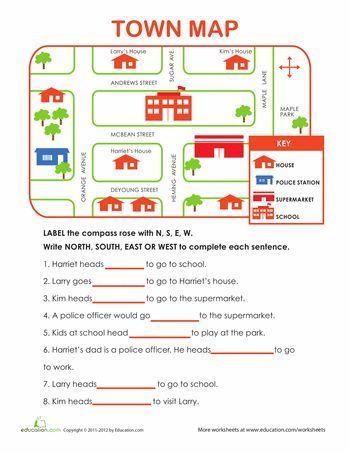 One or another additional module is included in the program under the following conditions: the new module reflects the real activities of schoolchildren and teachers, this activity is significant for schoolchildren and teachers, this activity cannot be described in any of the modules offered by the exemplary program.
One or another additional module is included in the program under the following conditions: the new module reflects the real activities of schoolchildren and teachers, this activity is significant for schoolchildren and teachers, this activity cannot be described in any of the modules offered by the exemplary program. - Question: Based on the working program of education, what will be the structure of the educational plans of class teachers?
Answer: The structure of the educational work plan of the class teacher is developed by the school, depending on its traditions, characteristics, student population, etc. It specifies the activities of the class teacher and his class. An exemplary educational program, as well as working programs developed on its basis, should not introduce fundamental changes into the structure of the educational work plans of class teachers. We offer one of the possible forms of the plan of educational work of the school, the form of which can be used by the class teacher.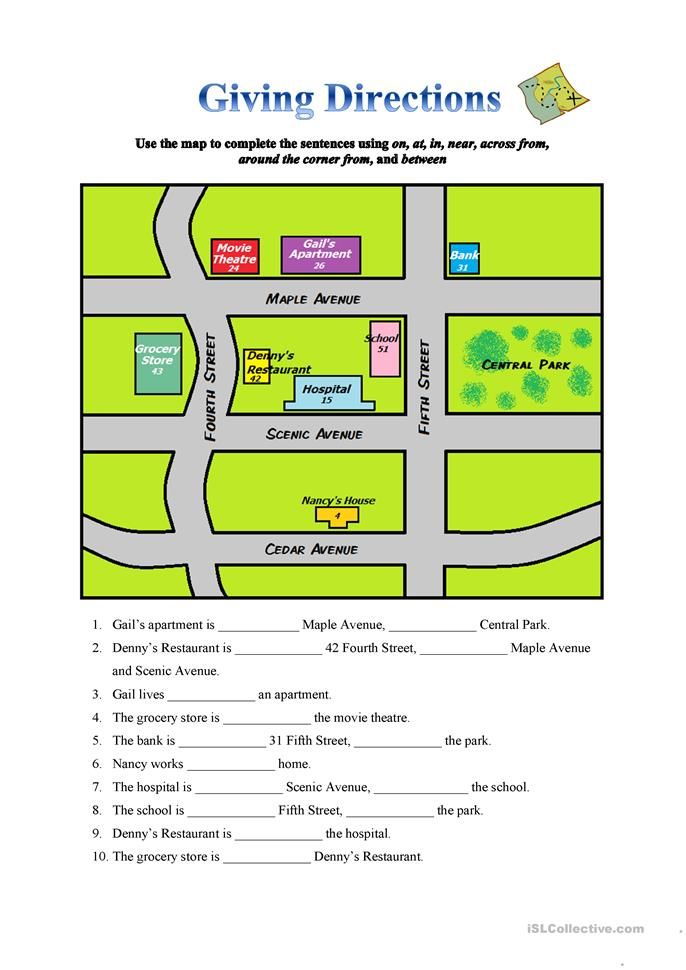 (For more information about the recommendations for drawing up a plan of educational work, see the website of the sample program (http://form.instrao.ru) in the section Methodological recommendations for the development of educational programs) state administration in the field of education, on the organization of the work of pedagogical workers who carry out class leadership in general educational organizations (Letter of the Ministry of Education of the Russian Federation dated May 12, 2020 N VB-1011/08 "On methodological recommendations")
(For more information about the recommendations for drawing up a plan of educational work, see the website of the sample program (http://form.instrao.ru) in the section Methodological recommendations for the development of educational programs) state administration in the field of education, on the organization of the work of pedagogical workers who carry out class leadership in general educational organizations (Letter of the Ministry of Education of the Russian Federation dated May 12, 2020 N VB-1011/08 "On methodological recommendations") - Question: How is self-analysis of the educational work organized in it carried out in the school? Is it planned to develop a monitoring of the effectiveness of the educational activities of an educational organization? What do you recommend to use?
Answer: The section "The main directions of self-analysis of educational work" does not assume the results of self-analysis, but only a list of its main directions, which can be supplemented by an indication of its criteria and methods for its implementation.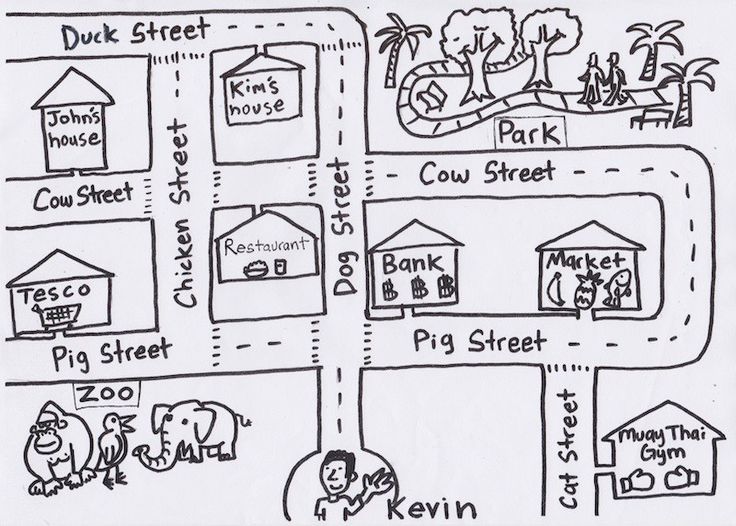 Criteria and tools for internal monitoring of the implementation of the upbringing program are being developed now - self-analysis by the school of the upbringing work carried out in it. General recommendations and an example of a questionnaire are presented in the methodological recommendations posted on the website of the Institute for the Development of Education Strategy of the Russian Academy of Education (http://form.instrao.ru)
Criteria and tools for internal monitoring of the implementation of the upbringing program are being developed now - self-analysis by the school of the upbringing work carried out in it. General recommendations and an example of a questionnaire are presented in the methodological recommendations posted on the website of the Institute for the Development of Education Strategy of the Russian Academy of Education (http://form.instrao.ru) - Question: What are the terms for developing a working program of education and a list of specific educational activities?
Answer: Work programs are developed for a period corresponding to the level of education (primary; basic: secondary) An annual calendar plan of educational work is attached to the work program of education by each school, corresponding to the levels of primary, basic and secondary general education. It may change every year. - Question: Where in the program should work with children at risk be recorded? How should the program reflect work on the prevention of neglect and delinquency? Should there be separate plans for children with disabilities?
Answer: Parenting program developers answer this question in the following way: “Ideally, the parenting program is aimed at minimizing the number of such children, but we understand the complexity of such a task.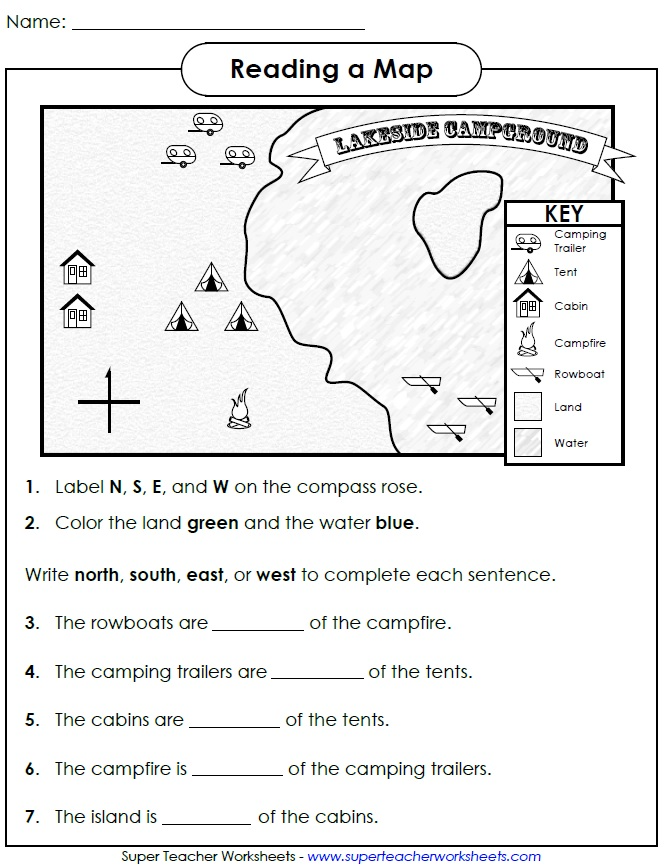 Work with such children, as well as work on the prevention of neglect and delinquency, can be presented in various modules, where appropriate.” We add that the peculiarities of working with different categories of children must necessarily be reflected in the content of the ongoing educational affairs. For example, in school-wide or class collective affairs, you will definitely offer a variable list of projects, competitions, games, competitions that make up the content of these cases. It is important that the child be able to make a choice taking into account their interests, needs and abilities, so that there is an opportunity to determine their role in these matters. And the task of the class teacher (social teacher, psychologist) is to help such children get involved in collective affairs, both at the school level and at the class level. Planning the work of the PA is the competence of the organization itself. Therefore, the types and forms of plans are determined by the organization itself.
Work with such children, as well as work on the prevention of neglect and delinquency, can be presented in various modules, where appropriate.” We add that the peculiarities of working with different categories of children must necessarily be reflected in the content of the ongoing educational affairs. For example, in school-wide or class collective affairs, you will definitely offer a variable list of projects, competitions, games, competitions that make up the content of these cases. It is important that the child be able to make a choice taking into account their interests, needs and abilities, so that there is an opportunity to determine their role in these matters. And the task of the class teacher (social teacher, psychologist) is to help such children get involved in collective affairs, both at the school level and at the class level. Planning the work of the PA is the competence of the organization itself. Therefore, the types and forms of plans are determined by the organization itself. But at the same time, recommendations on organizing work with various categories of children are taken into account.
But at the same time, recommendations on organizing work with various categories of children are taken into account. - Question: Where can I find the text of the Exemplary Education Program? Where are guidelines posted to help developers of work programs?
Answer: You can get acquainted with the Model Program and methodological materials:
1) on the website of the Federal State Budgetary Scientific Institution "Institute for the Development of Education Strategy of the Russian Academy of Education" http://form.instrao.ru / or follow the links:
- Sample Education Program ...> >
- Guidelines for the development of educational programs ...>>
- Examples of modular content of the section "Types, forms and content of activities" ...>>
- Methodological guide Education in a modern school: from program to action ...>>
2) Also, methodological materials are presented on the website of GAU DPO SOIRO. Link: http://www.dpo-smolensk.ru/struktura-2020/Kafedry/arhiv/resurs_kaf-vospitaniya/12-prim-progr. php
php - Question: Where can I see the grid-plan options for classes. There is a table for the school, but there is no further class. Are there options for such planning?
Answer: An exemplary upbringing program sets the structure and content of the school upbringing work program, including the structure of the calendar plan (grid plan). Further, it is assumed that the school itself will determine the requirements for the structure and content of the plans of class teachers (classes). Moreover, in accordance with the Law "On Education in the Russian Federation", an educational organization independently develops requirements for such documents, fixing this in the local acts of the NGO. - Question: How to reflect the age characteristics of children in the work program? Should the names of the events reflect the characteristics of the age?
Answer: In the exemplary education program, targets for each level of education (for each age group of children) are clearly spelled out.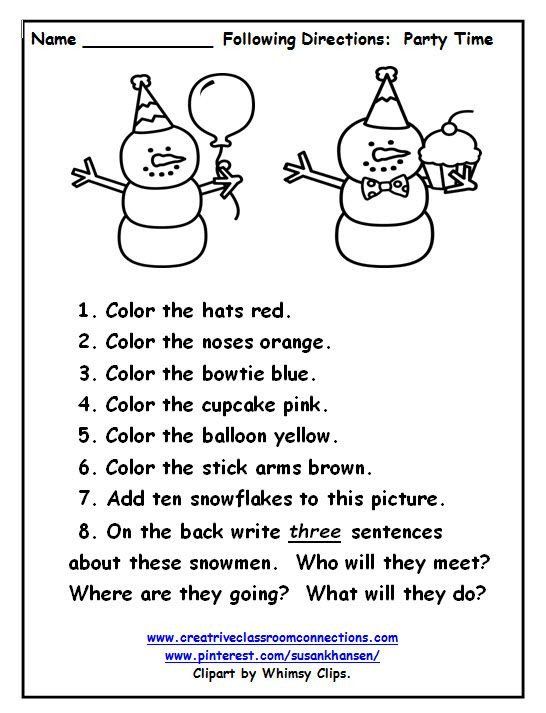 It is the targets that set the content of the working program of education in accordance with the age of the children. Work programs, as well as the educational process as a whole, are built taking into account the age approach. And as for the name of the events, there is no unequivocal answer, let alone strict requirements. At the same time, let me remind you that it is recommended to discuss work programs and even more so annual calendar plans with children, they can be presented in school media resources, etc. .
It is the targets that set the content of the working program of education in accordance with the age of the children. Work programs, as well as the educational process as a whole, are built taking into account the age approach. And as for the name of the events, there is no unequivocal answer, let alone strict requirements. At the same time, let me remind you that it is recommended to discuss work programs and even more so annual calendar plans with children, they can be presented in school media resources, etc. . - Question: And if there are only 13 people in the school, what about the age approach?
Answer: In small schools, the age approach is also being implemented. But at the same time, technologies of working with groups of different ages are actively used, within the framework of which such methods, techniques and forms of joint activity are implemented, the use of which makes it possible to manifest and develop individuality.
Our partners
8_age_of_biotechnology.
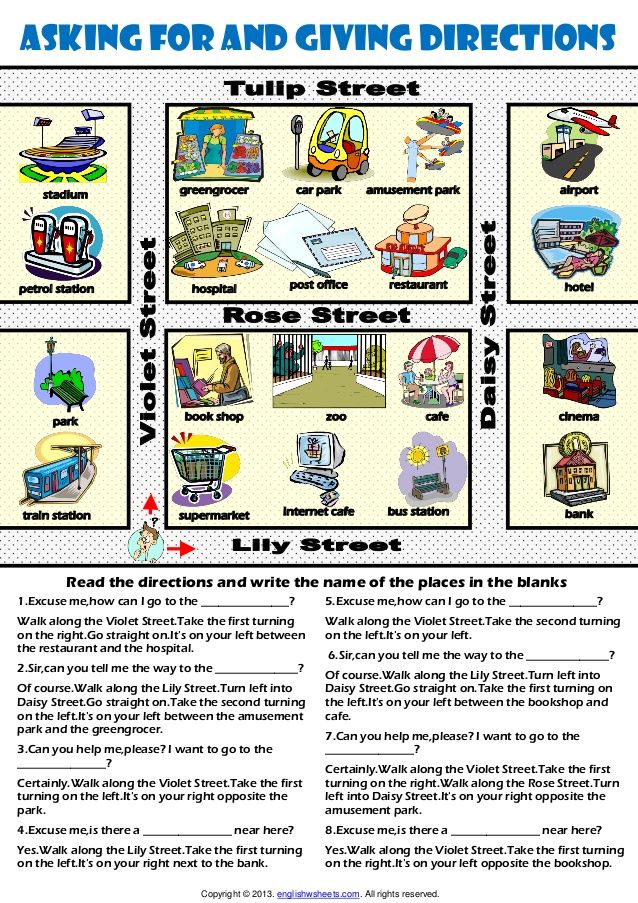 indd
indd %PDF-1.3 % 10 obj >]/Pages 3 0 R/Type/Catalog/ViewerPreferences>>> endobj 20 obj >stream 2022-09-02T13:00:52+03:002022-09-02T13:01:15+03:002022-09-02T13:01:15+03:00Adobe InDesign 16.0 (Windows)uuid:388e8df9-83fc-460a- 94fe-1fb036654368xmp.did:a9df995d-f17f-8b43-ad7b-a68105d4eb0dxmp.id:b077f865-7edf-9049-a90d-e19e4e96813cproof:pdf1xmp.iid:f63a1717-3441-3540-8654-4bfc28ac55b5xmp.did:74bfc101-07c9-c145- 831a-d0266407df9bxmp.did:a9df995d-f17f-8b43-ad7b-a68105d4eb0ddefault
 0 14.1732 595.276856.063]/Type/Page>> endobj 20 0 obj /LastModified/NumberofPages 1/OriginalDocumentID/PageTransformationMatrixList>/PageUIDList>/PageWidthList>>>>>/Resources>/ExtGState>/ProcSet[/PDF/ImageC/ImageI]/XObject>>>/TrimBox[14.1732 14.1732 609.449 856.063]/ Type/Page>> endobj 21 0 obj /LastModified/NumberofPages 1/OriginalDocumentID/PageTransformationMatrixList>/PageUIDList>/PageWidthList>>>>>/Resources>/ExtGState>/ProcSet[/PDF/ImageC/ImageI]/XObject>>>/TrimBox[0.0 14.1732 595.276856.063]/Type/Page>> endobj 22 0 obj /LastModified/NumberofPages 1/OriginalDocumentID/PageTransformationMatrixList>/PageUIDList>/PageWidthList>>>>>/Resources>/ExtGState>/ProcSet[/PDF/ImageC/ImageI]/XObject>>>/TrimBox[14.1732 14.1732 609.449 856.063]/ Type/Page>> endobj 23 0 obj /LastModified/NumberofPages 1/OriginalDocumentID/PageTransformationMatrixList>/PageUIDList>/PageWidthList>>>>>/Resources>/ExtGState>/ProcSet[/PDF/ImageC/ImageI]/XObject>>>/TrimBox[0.0 14.1732 595.276856.063]/Type/Page>> endobj 24 0 obj /LastModified/NumberofPages 1/OriginalDocumentID/PageTransformationMatrixList>/PageUIDList>/PageWidthList>>>>>/Resources>/ExtGState>/ProcSet[/PDF/ImageC/ImageI]/XObject>>>/TrimBox[14.
0 14.1732 595.276856.063]/Type/Page>> endobj 20 0 obj /LastModified/NumberofPages 1/OriginalDocumentID/PageTransformationMatrixList>/PageUIDList>/PageWidthList>>>>>/Resources>/ExtGState>/ProcSet[/PDF/ImageC/ImageI]/XObject>>>/TrimBox[14.1732 14.1732 609.449 856.063]/ Type/Page>> endobj 21 0 obj /LastModified/NumberofPages 1/OriginalDocumentID/PageTransformationMatrixList>/PageUIDList>/PageWidthList>>>>>/Resources>/ExtGState>/ProcSet[/PDF/ImageC/ImageI]/XObject>>>/TrimBox[0.0 14.1732 595.276856.063]/Type/Page>> endobj 22 0 obj /LastModified/NumberofPages 1/OriginalDocumentID/PageTransformationMatrixList>/PageUIDList>/PageWidthList>>>>>/Resources>/ExtGState>/ProcSet[/PDF/ImageC/ImageI]/XObject>>>/TrimBox[14.1732 14.1732 609.449 856.063]/ Type/Page>> endobj 23 0 obj /LastModified/NumberofPages 1/OriginalDocumentID/PageTransformationMatrixList>/PageUIDList>/PageWidthList>>>>>/Resources>/ExtGState>/ProcSet[/PDF/ImageC/ImageI]/XObject>>>/TrimBox[0.0 14.1732 595.276856.063]/Type/Page>> endobj 24 0 obj /LastModified/NumberofPages 1/OriginalDocumentID/PageTransformationMatrixList>/PageUIDList>/PageWidthList>>>>>/Resources>/ExtGState>/ProcSet[/PDF/ImageC/ImageI]/XObject>>>/TrimBox[14.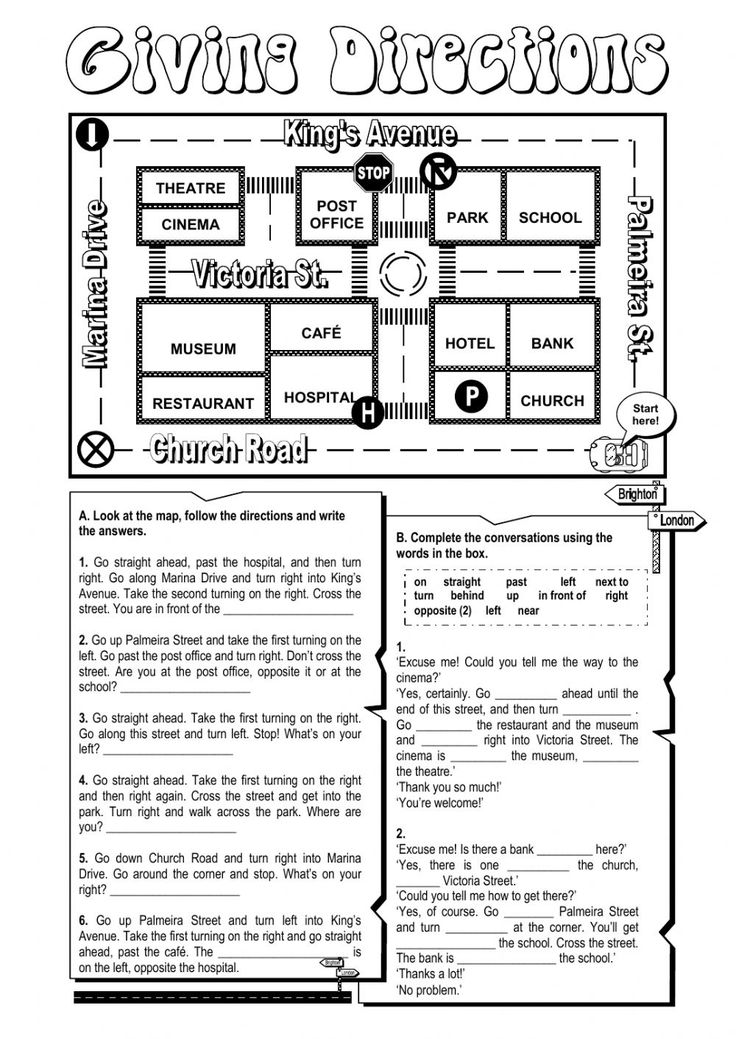 1732 14.1732 609.449 856.063]/ Type/Page>> endobj 25 0 obj /LastModified/NumberofPages 1/OriginalDocumentID/PageTransformationMatrixList>/PageUIDList>/PageWidthList>>>>>/Resources>/ExtGState>/ProcSet[/PDF/ImageC/ImageI]/XObject>>>/TrimBox[0.0 14.1732 595.276856.063]/Type/Page>> endobj 26 0 obj /LastModified/NumberofPages 1/OriginalDocumentID/PageTransformationMatrixList>/PageUIDList>/PageWidthList>>>>>/Resources>/ExtGState>/ProcSet[/PDF/ImageC/ImageI]/XObject>>>/TrimBox[14.1732 14.1732 609.449 856.063]/ Type/Page>> endobj 27 0 obj /LastModified/NumberofPages 1/OriginalDocumentID/PageTransformationMatrixList>/PageUIDList>/PageWidthList>>>>>/Resources>/ExtGState>/ProcSet[/PDF/ImageC/ImageI]/XObject>>>/TrimBox[0.0 14.1732 595.276856.063]/Type/Page>> endobj 28 0 obj /LastModified/NumberofPages 1/OriginalDocumentID/PageTransformationMatrixList>/PageUIDList>/PageWidthList>>>>>/Resources>/ExtGState>/ProcSet[/PDF/ImageC/ImageI]/XObject>>>/TrimBox[14.1732 14.1732 609.449 856.063]/ Type/Page>> endobj 92 0 obj >stream HWK$ )#Q>{Y 7JmOȬx)#" Jg(Ƿtr%fot韏CَYr;ILGe:'۔Y X@yДF`7tP-g*rBq>ڪ[8s2L.
1732 14.1732 609.449 856.063]/ Type/Page>> endobj 25 0 obj /LastModified/NumberofPages 1/OriginalDocumentID/PageTransformationMatrixList>/PageUIDList>/PageWidthList>>>>>/Resources>/ExtGState>/ProcSet[/PDF/ImageC/ImageI]/XObject>>>/TrimBox[0.0 14.1732 595.276856.063]/Type/Page>> endobj 26 0 obj /LastModified/NumberofPages 1/OriginalDocumentID/PageTransformationMatrixList>/PageUIDList>/PageWidthList>>>>>/Resources>/ExtGState>/ProcSet[/PDF/ImageC/ImageI]/XObject>>>/TrimBox[14.1732 14.1732 609.449 856.063]/ Type/Page>> endobj 27 0 obj /LastModified/NumberofPages 1/OriginalDocumentID/PageTransformationMatrixList>/PageUIDList>/PageWidthList>>>>>/Resources>/ExtGState>/ProcSet[/PDF/ImageC/ImageI]/XObject>>>/TrimBox[0.0 14.1732 595.276856.063]/Type/Page>> endobj 28 0 obj /LastModified/NumberofPages 1/OriginalDocumentID/PageTransformationMatrixList>/PageUIDList>/PageWidthList>>>>>/Resources>/ExtGState>/ProcSet[/PDF/ImageC/ImageI]/XObject>>>/TrimBox[14.1732 14.1732 609.449 856.063]/ Type/Page>> endobj 92 0 obj >stream HWK$ )#Q>{Y 7JmOȬx)#" Jg(Ƿtr%fot韏CَYr;ILGe:'۔Y X@yДF`7tP-g*rBq>ڪ[8s2L.